Positive reinforcement dog training is effective in shaping desired behaviours and strengthening the bond between dogs and their owners. This method uses rewards, such as treats or praise, to encourage good behaviour, leading to a happier and more well-behaved pet.
It focuses on teaching dogs what to do instead of punishing them for unwanted behaviours, creating a positive learning experience for the dog. Positive reinforcement training also helps build trust and confidence in the dog, making them more responsive and eager to learn.
This approach is not only humane, but also leads to long-lasting results, making it a popular choice for pet owners seeking a gentle and effective training method for their furry companions.
What Is Positive Reinforcement Training
Positive Reinforcement Training focuses on rewarding desired behaviours to encourage their repetition.
It involves using treats, praise, or toys to reinforce good behaviour in dogs.
Core Principles
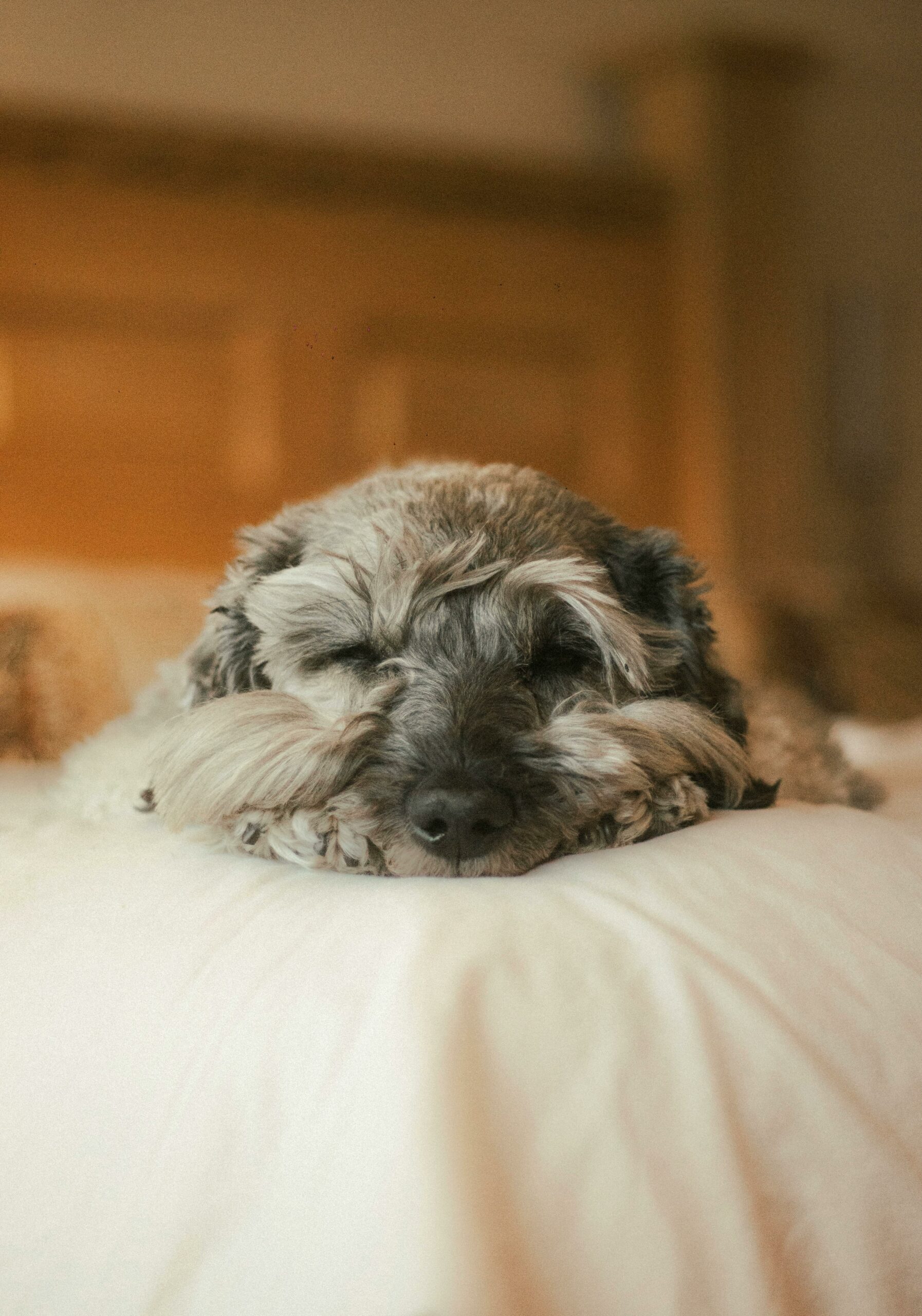
- Rewards for positive behaviour
- Focus on what the dog is doing right
- Building a strong bond between dog and owner
Contrast With Traditional Methods

- Positive approach instead of punishment
- Creates a positive learning environment
- Acknowledges the dog’s instincts
Psychology Behind Positive Reinforcement

Positive reinforcement dog training utilizes psychological principles to encourage desired behaviours. By rewarding good behaviour, dogs learn to associate positive actions with positive outcomes, leading to improved obedience and a stronger bond between the dog and the owner. This method fosters a more positive and harmonious relationship between the pet and its owner.
Behavioural Science Insights
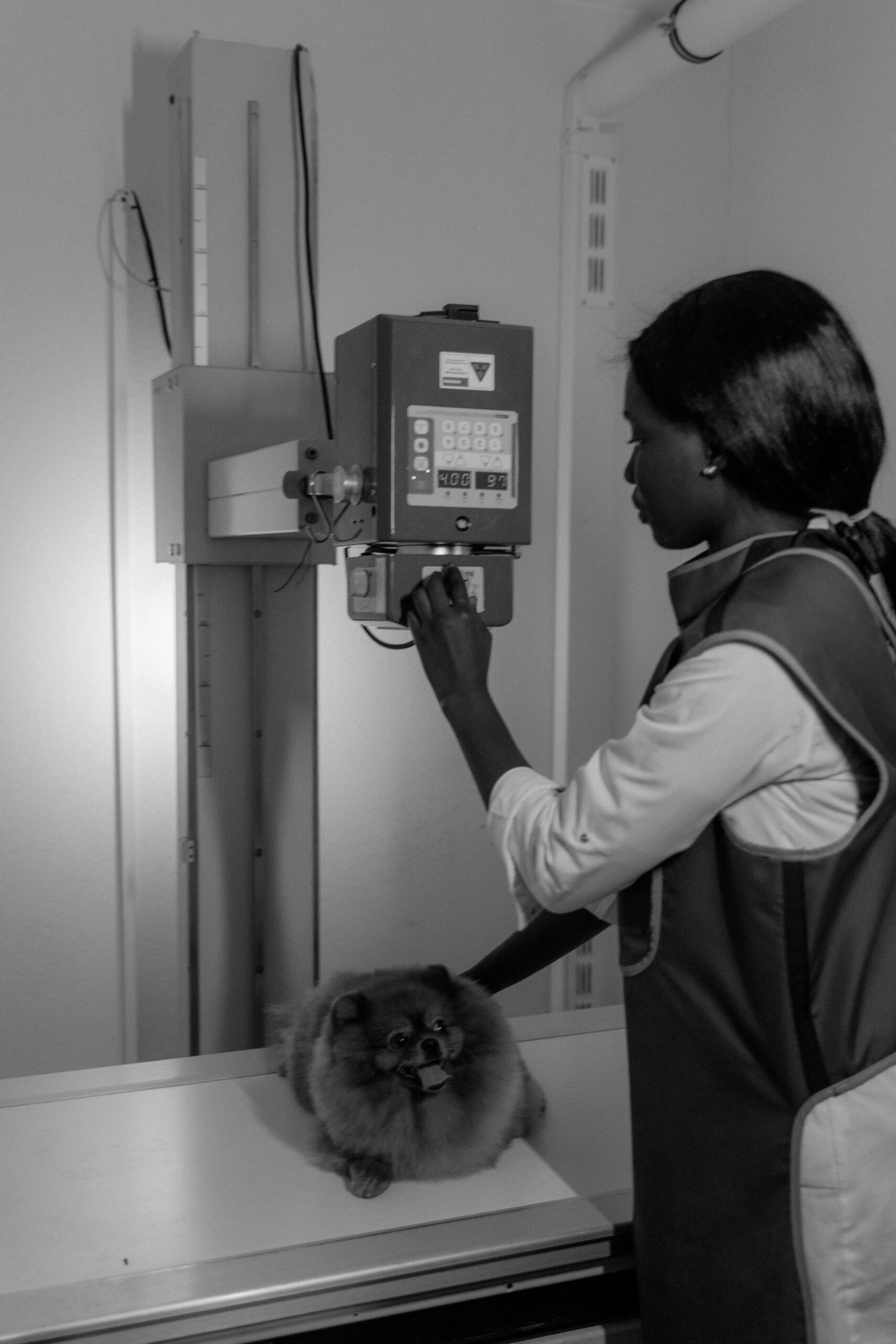
Positive reinforcement is a dog training method that has gained immense popularity recently. Instead of using punishment, trainers use rewards to encourage desirable behaviour. But why is positive reinforcement so effective? The answer lies in the psychology behind it.
Role Of Rewards In Learning
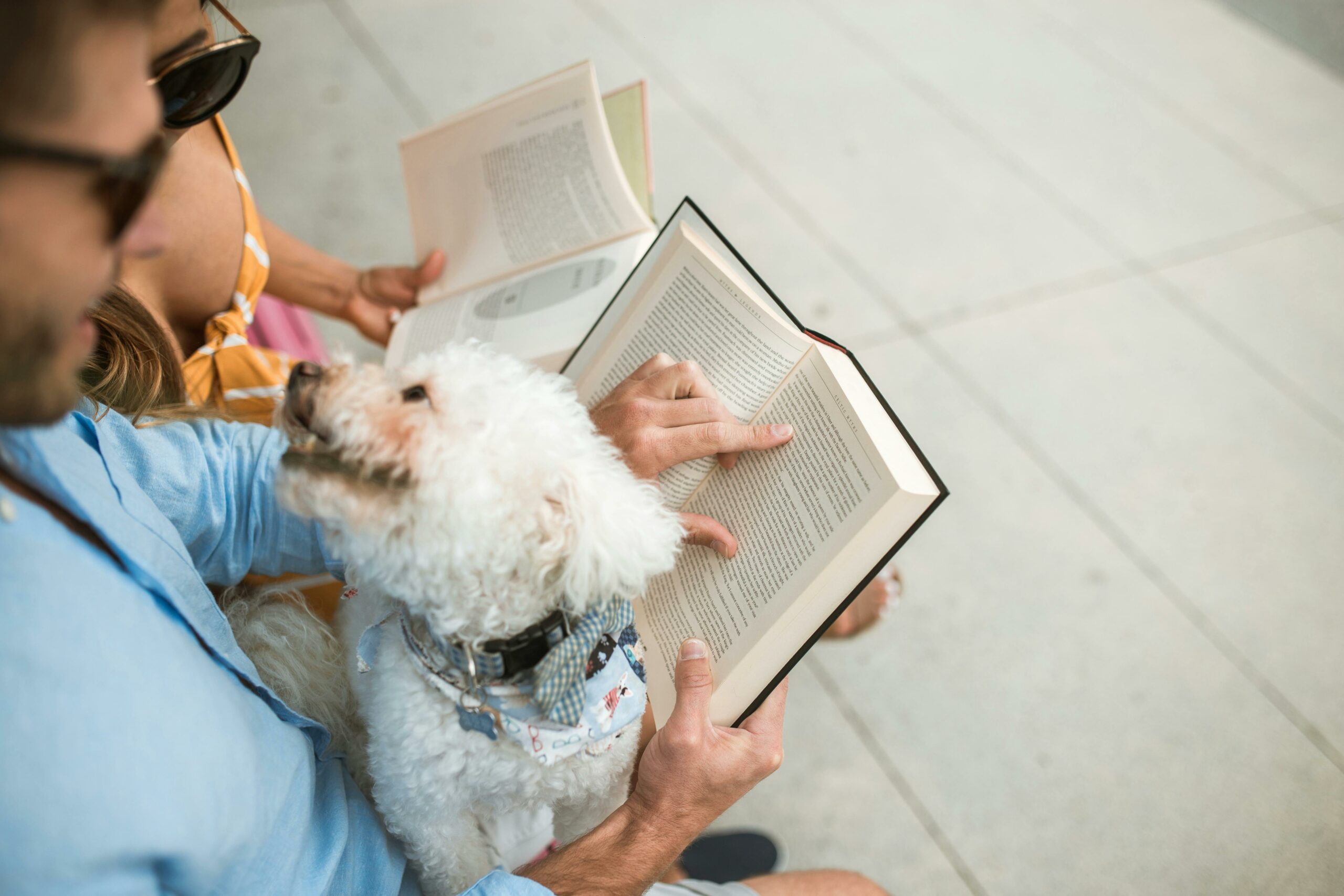
Behavioural science has shown that rewarding good behaviour is more effective than punishing bad behaviour. When a dog receives a reward for doing something right, it reinforces the idea that this behaviour is desirable. The reward motivates the dog to repeat the behaviour in the future.
The Science Of Positive Reinforcement
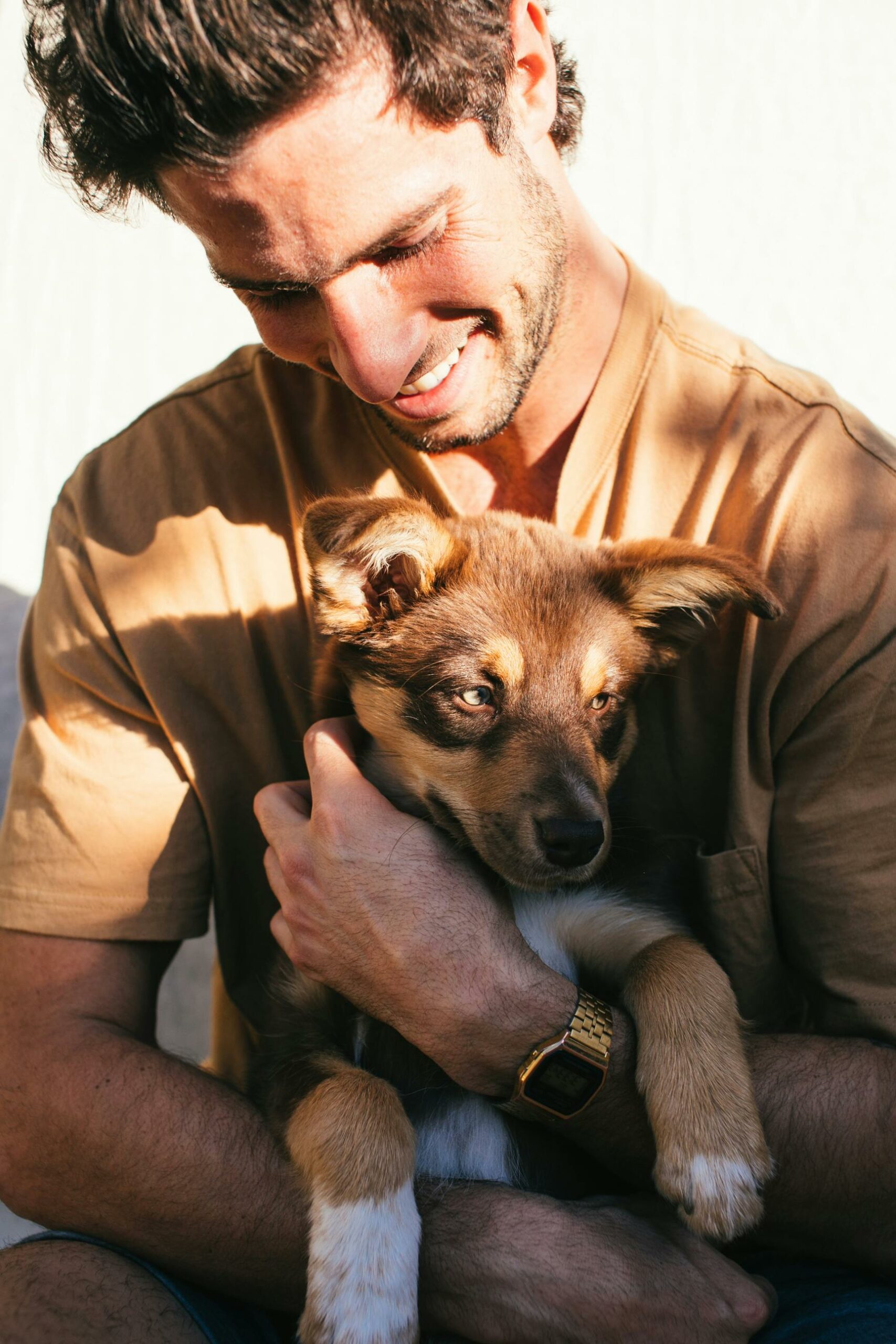
Positive reinforcement works by releasing dopamine in the dog’s brain. Dopamine is a chemical that makes the dog feel good and happy. When a dog performs a behaviour that results in a reward, dopamine is released, and the dog associates that behaviour with a positive feeling. The more a behaviour is rewarded, the more the dog will want to repeat it.
Training With Positive Reinforcement
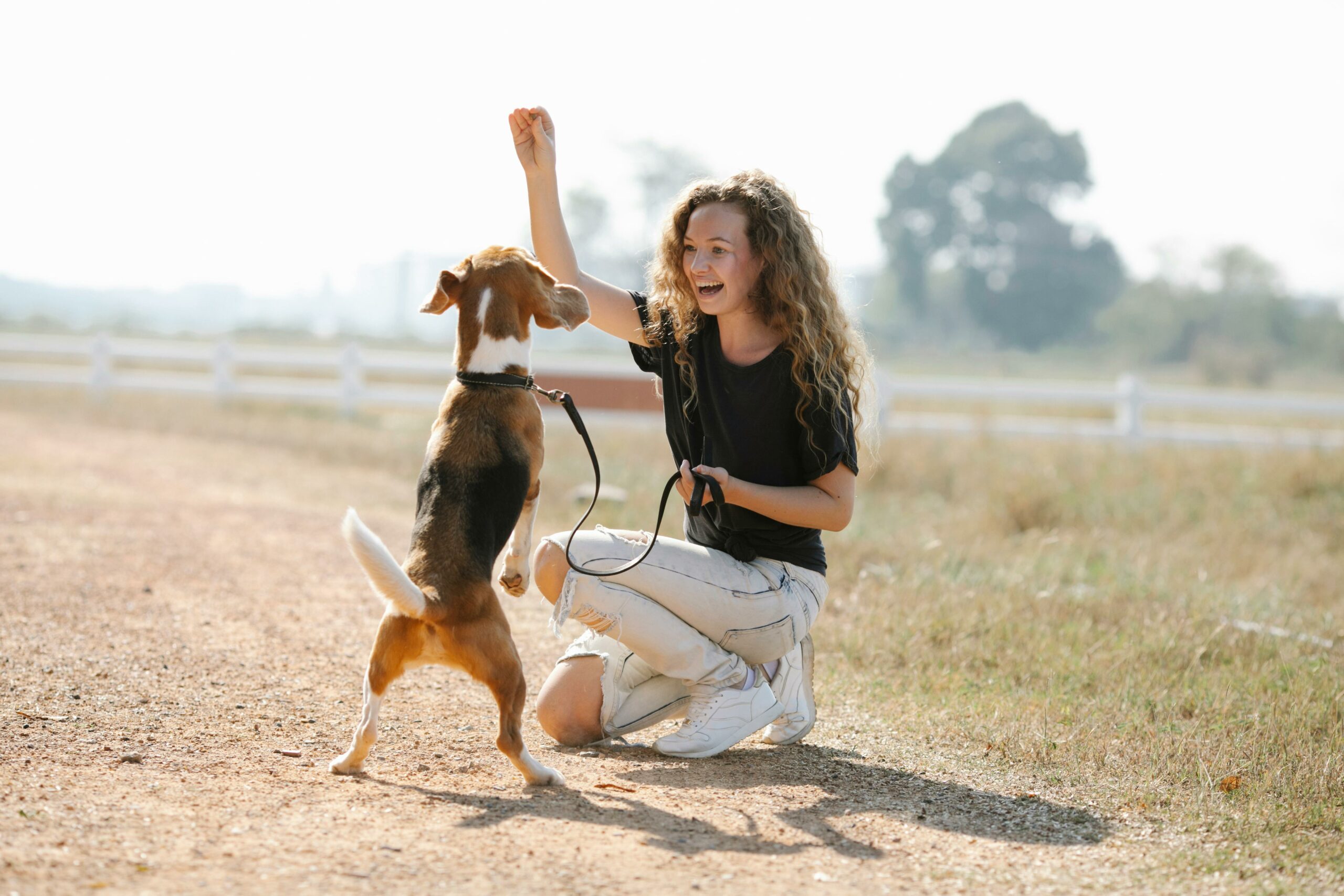
Positive reinforcement is a humane and effective way to train dogs. It encourages desirable behaviour and strengthens the bond between the dog and the trainer. By using rewards, trainers can create a positive learning environment that motivates dogs to learn and improve.
In summary, positive reinforcement is a dog training method that is supported by behavioural science. It works by using rewards to encourage desirable behaviour and releases dopamine in the dog’s brain. Positive reinforcement is a humane and effective way to train dogs, and it strengthens the bond between dogs and their trainers.
Types Of Rewards In Dog Training
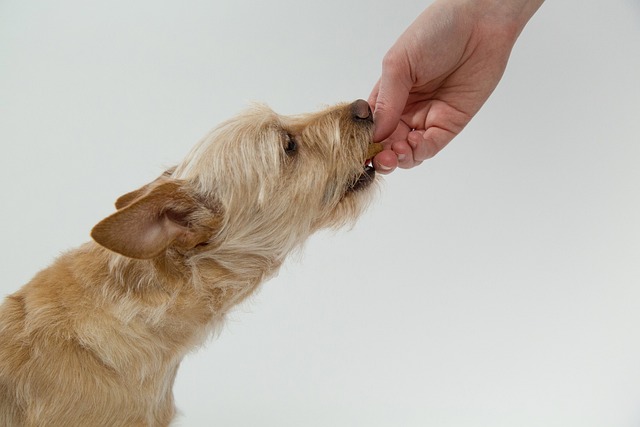
Positive reinforcement dog training utilizes various types of rewards such as treats, toys, and praise to encourage desired behaviours. This approach strengthens the bond between the dog and owner while promoting a positive learning experience for the pet. Rewards serve as powerful motivators, making training enjoyable and effective.
Edible Treats
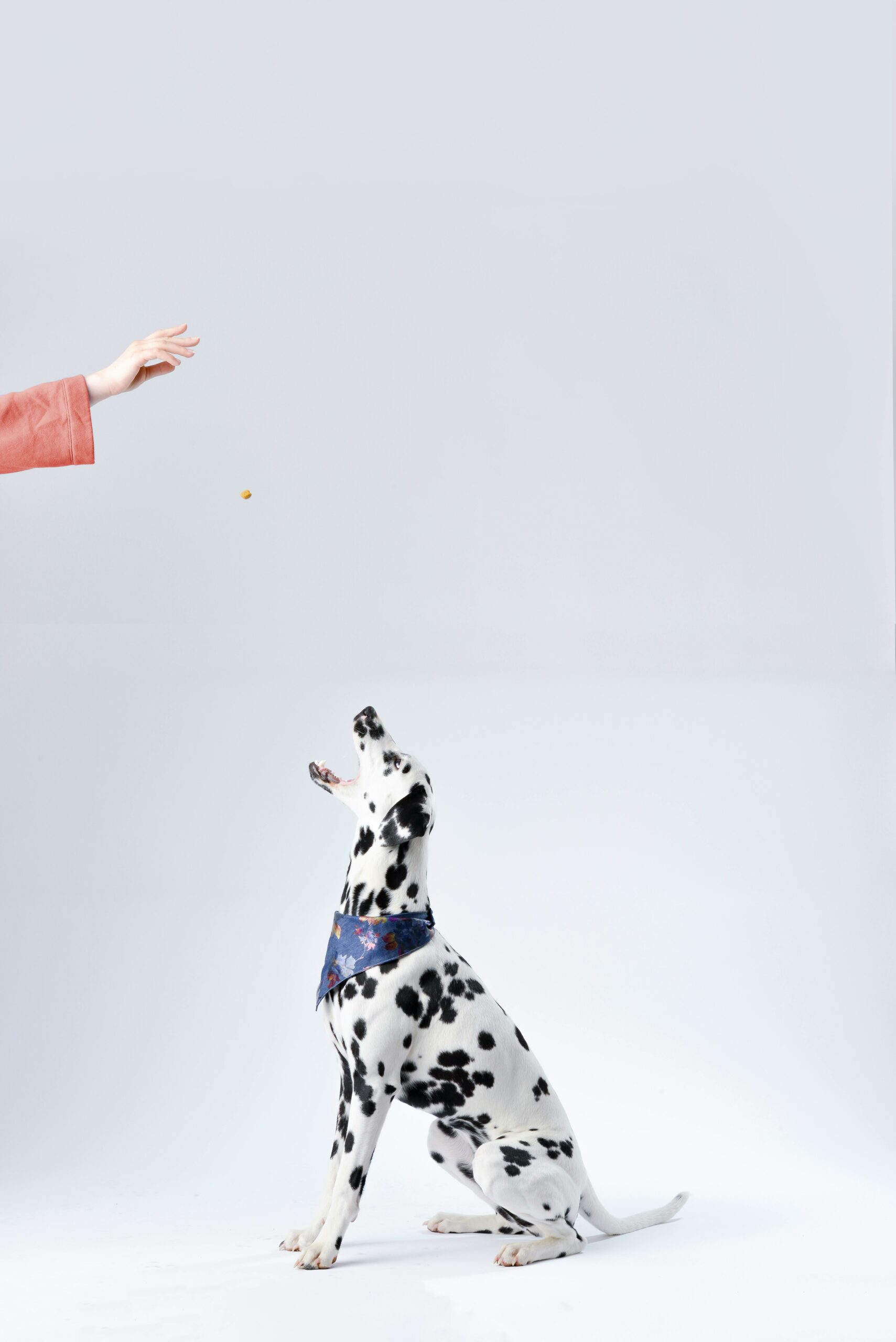
Toys And Playtime
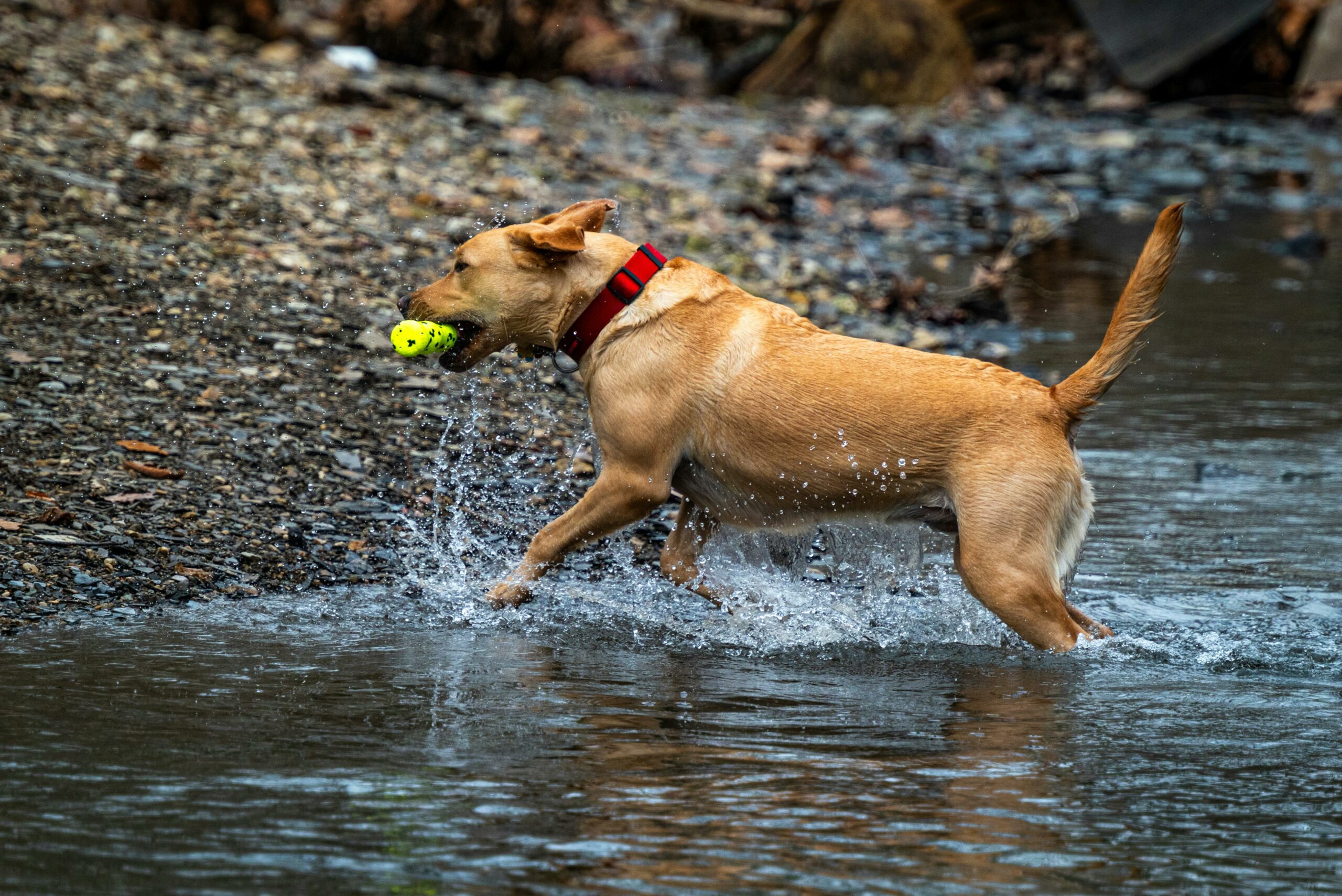
Affection And Praise
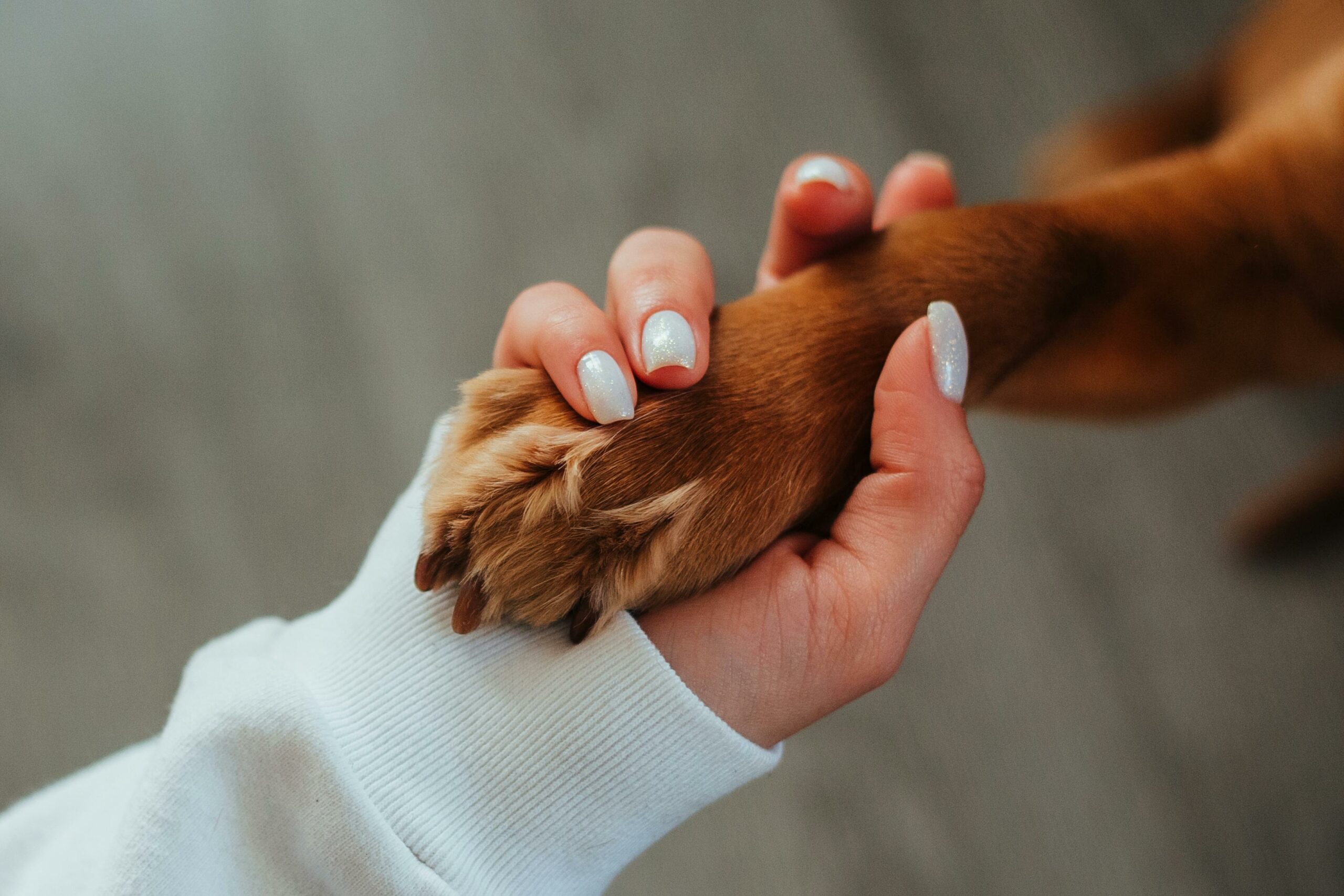
Building A Stronger Bond
Building a stronger bond with your furry friend is a crucial aspect of positive reinforcement dog training. By fostering trust and communication, and enhancing your relationship, you can create a deeper connection with your pet.
Trust And Communication

Trust and communication are the cornerstones of a strong bond between you and your dog. Positive reinforcement training fosters trust by creating a safe and supportive environment for your pet. Clear communication through consistent cues and rewards helps your dog understand your expectations, building a foundation of trust.
Enhanced Relationship

Positive reinforcement training leads to an enhanced relationship with your dog. By using rewards and positive feedback, you can strengthen the bond with your pet, creating a more harmonious and enjoyable partnership.
Positive Reinforcement And Dog Behaviour
Positive reinforcement is a powerful tool in shaping a dog’s behaviour. It involves rewarding your dog for exhibiting desirable behaviours, thereby encourageing them to repeat those behaviours. This form of training focuses on positive experiences and rewards, creating a strong bond between the dog and the owner. When used effectively, positive reinforcement can significantly influence a dog’s behaviour, leading to a well-mannered and well-adjusted pet.
Reducing Aggressive Tendencies
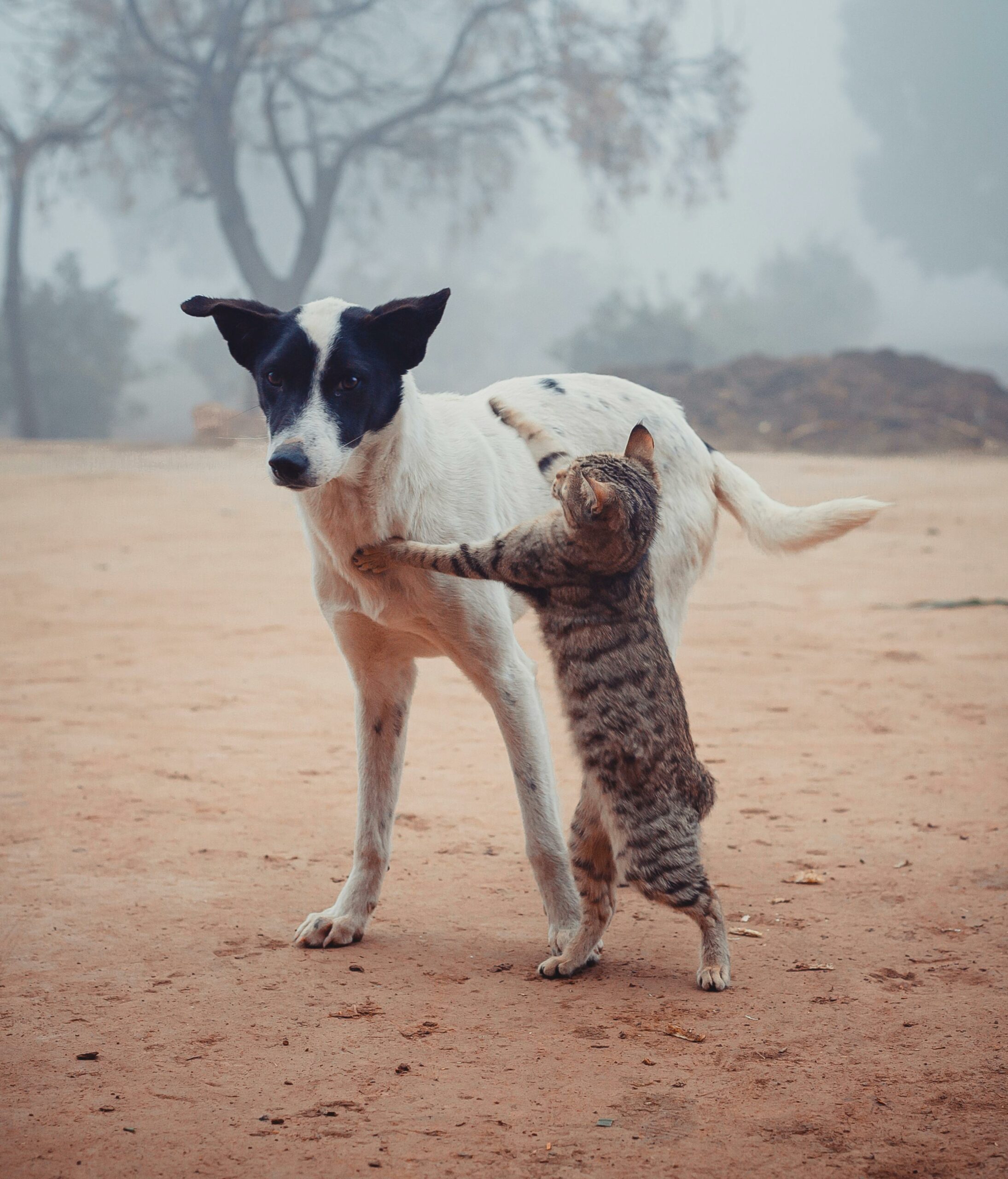
Positive reinforcement is an effective method for reducing aggressive tendencies in dogs. By rewarding calm and non-aggressive behaviour, dogs learn that such actions result in positive outcomes. This approach helps to diminish aggressive responses in stressful situations, creating a more harmonious environment for both the dog and its owner. Over time, consistent positive reinforcement can lead to a noticeable reduction in aggressive tendencies.
Encouraging Good Manners

Positive reinforcement plays a crucial role in encourageing good manners in dogs. When a dog is rewarded for displaying polite behaviours such as sitting, staying, or walking calmly on a leash, they are more likely to continue these actions. This method promotes positive interactions and fosters a respectful relationship between the dog and its owner, resulting in a well-behaved and obedient pet.
Training Techniques And Strategies
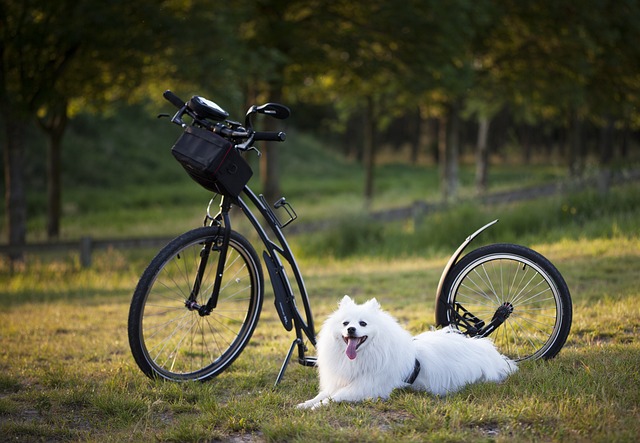
Clicker Training Explained
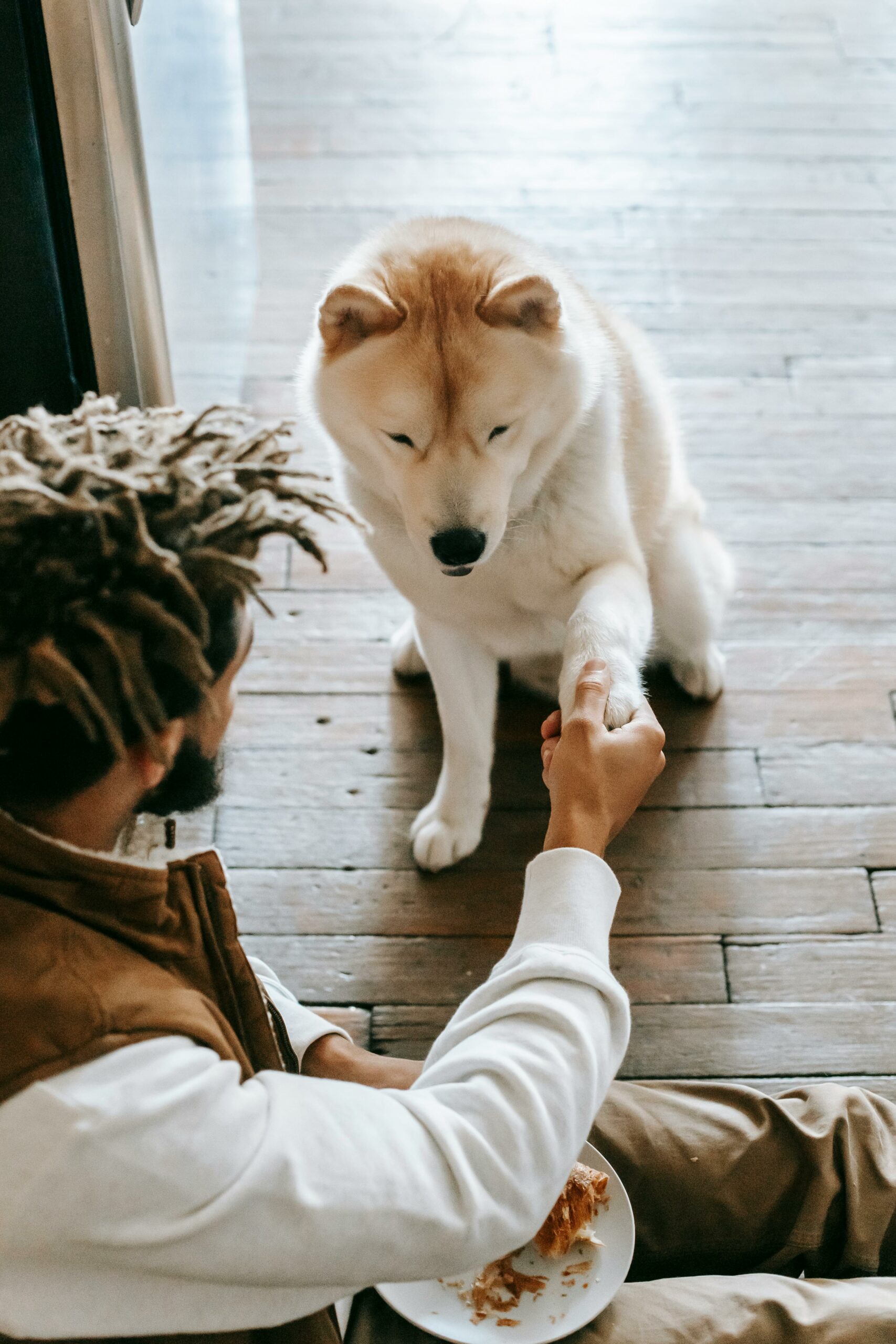
Clicker training is a positive reinforcement technique that uses a small handheld device that emits a distinct clicking sound to mark the desired behaviour. The clicker is followed by a reward, typically a treat, which reinforces the behaviour. This method is effective in communicating to the dog exactly when they have performed the desired action, making it easier for them to understand what is being asked of them.
Shaping Desired Behaviours
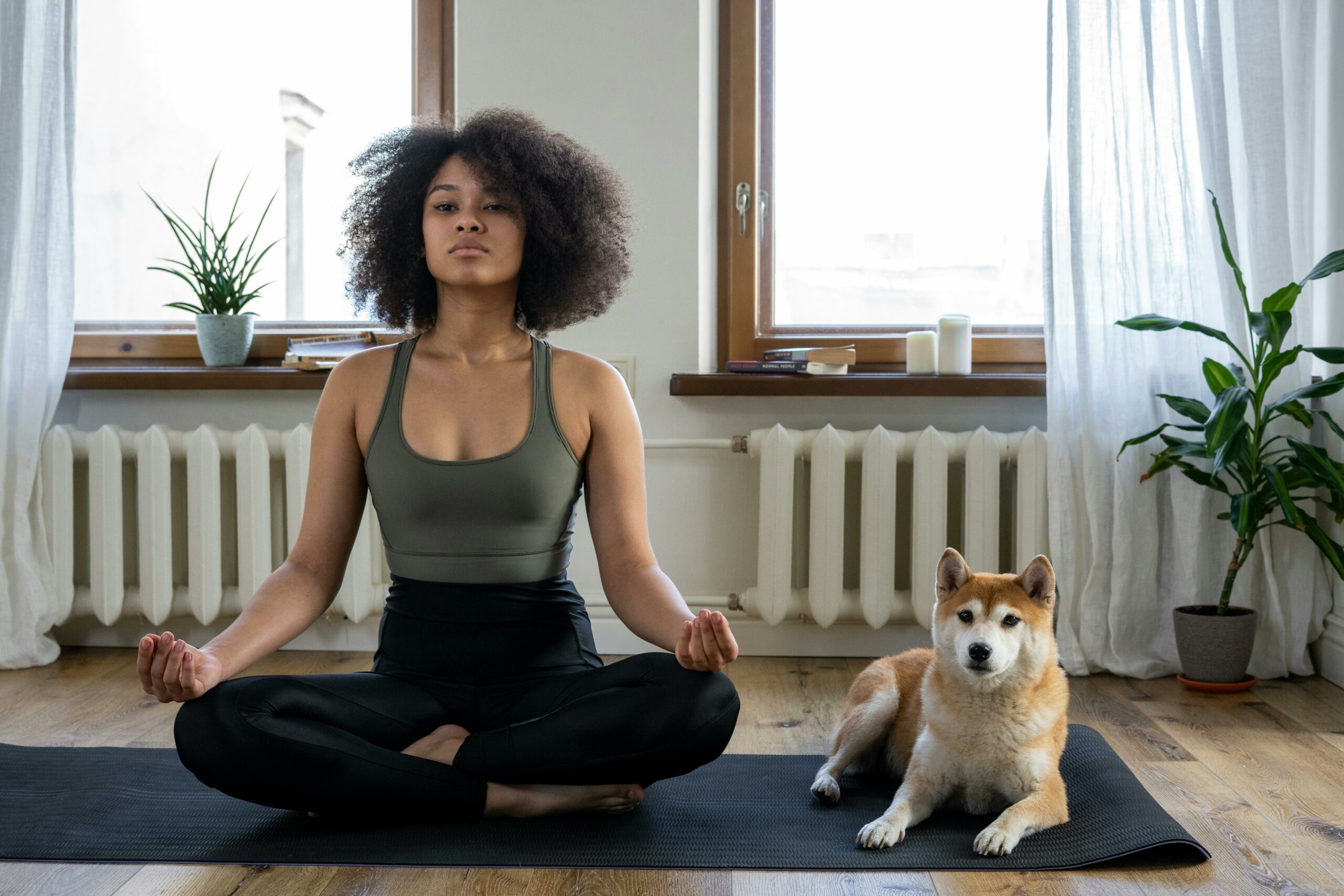
Shaping desired behaviours involves breaking down complex tasks into smaller, more manageable steps. By rewarding incremental progress toward the final behaviour, dogs can learn and understand the desired actions more effectively. This technique allows for gradual shaping of a behaviour, making it easier for the dog to comprehend and execute the desired task, leading to a more reliable and consistent response.
Addressing Misconceptions
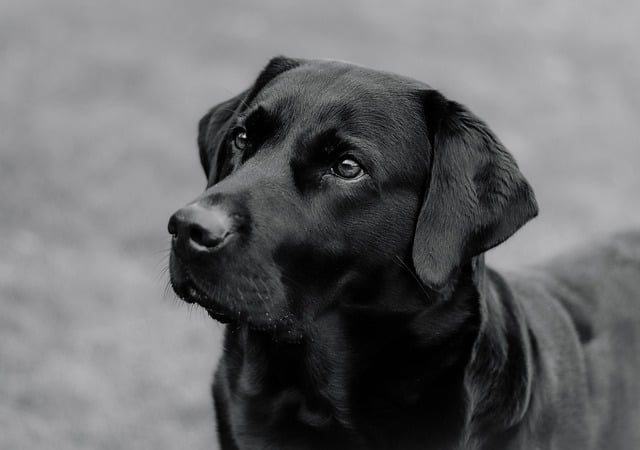
Find the advantages of positive reinforcement dog training, dispelling misconceptions around the approach. Emphasizing rewards and praise, this method strengthens the bond between pet and owner while fostering a harmonious and effective learning environment for your furry companion.
Dog training can be a controversial topic, and there are many misconceptions about positive reinforcement training. These misconceptions often stem from a lack of understanding about what positive reinforcement training entails. In this section, we will address some common myths about positive reinforcement dog training.
Myths About Spoiling The Dog
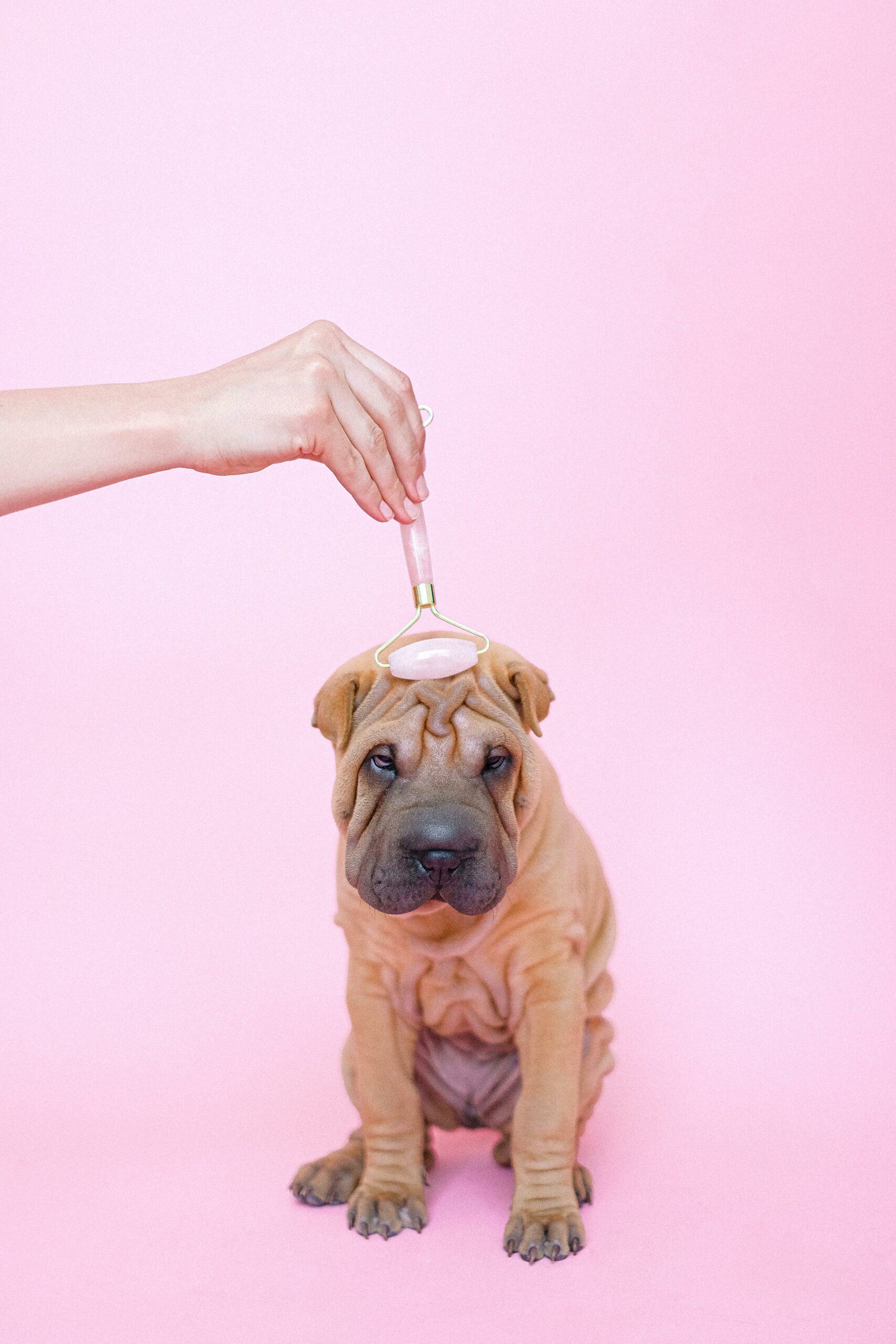
Some people believe that positive reinforcement training will spoil their dog. They worry that by rewarding their dog for good behaviour, they are indulging them and creating a spoiled pet. However, this is not the case. Positive reinforcement training is about reinforcing good behaviour and ignoring bad behaviour. By rewarding good behaviour, you are encourageing your dog to repeat that behaviour in the future. This is not spoiling your dog, but rather teaching them how to behave appropriately.
Effectiveness In Long-term Training
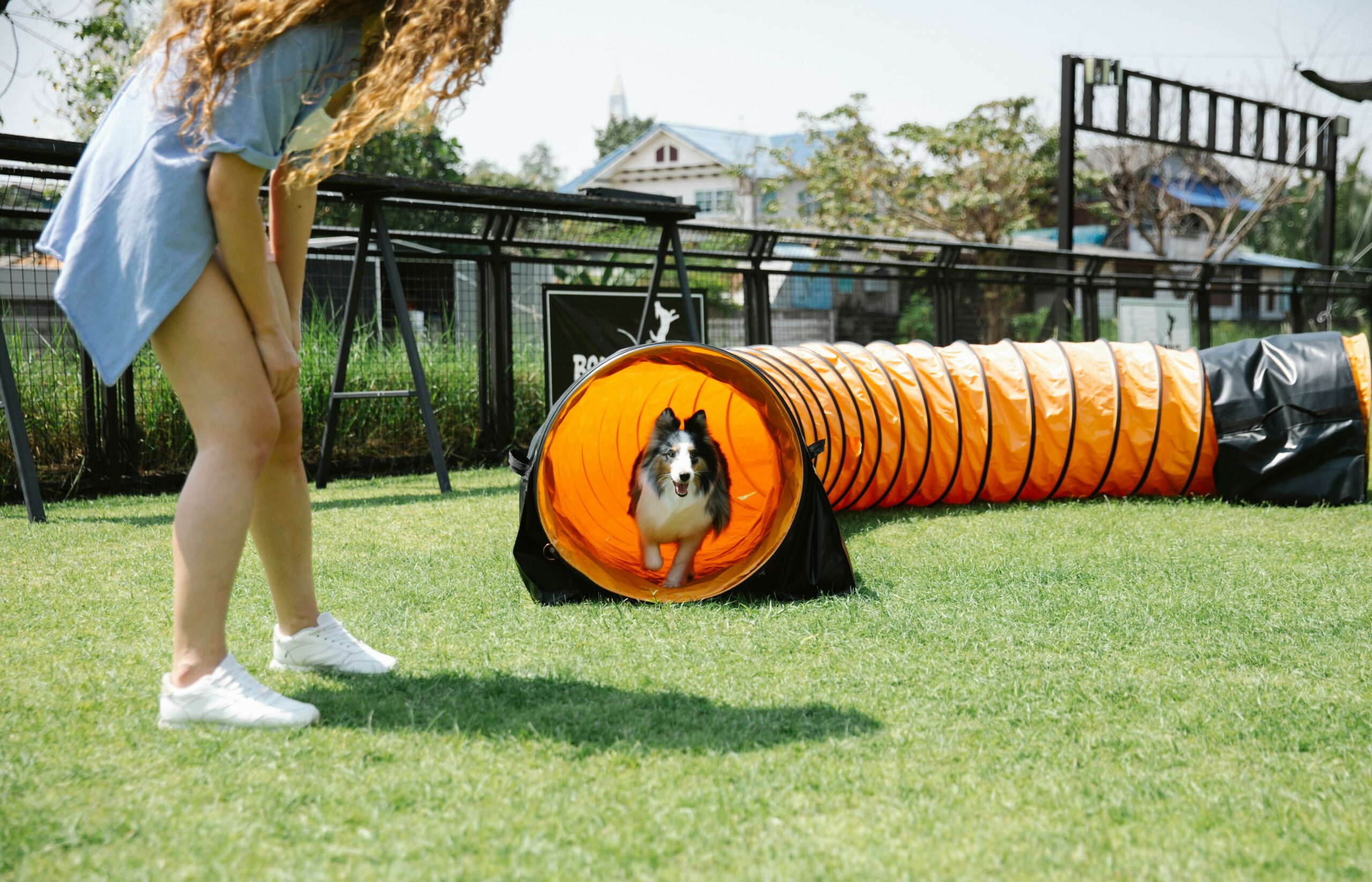
Another misconception about positive reinforcement training is that it is not effective in the long term. Some people believe that dogs trained using positive reinforcement will only behave well when treats are present. However, this is not true. Positive reinforcement training is about creating a positive association between good behaviour and rewards. Over time, your dog will learn that good behaviour is its reward and will continue to behave well even when treats are not present. Positive reinforcement training is effective in both the short and long term and can create lasting changes in your dog’s behaviour.
In conclusion, positive reinforcement dog training is an effective and humane way to train your dog. By addressing common misconceptions about this training method, we can better understand its benefits and how to use it to create a well-behaved and happy pet. So, if you want to train your dog using positive reinforcement, don’t hesitate to try it out. Your furry friend will thank you for it!
Success Stories And Case Studies
Success stories and case studies of positive reinforcement dog training showcase the remarkable transformations that can occur when dogs are trained with patience and positivity.
Real-life Transformations
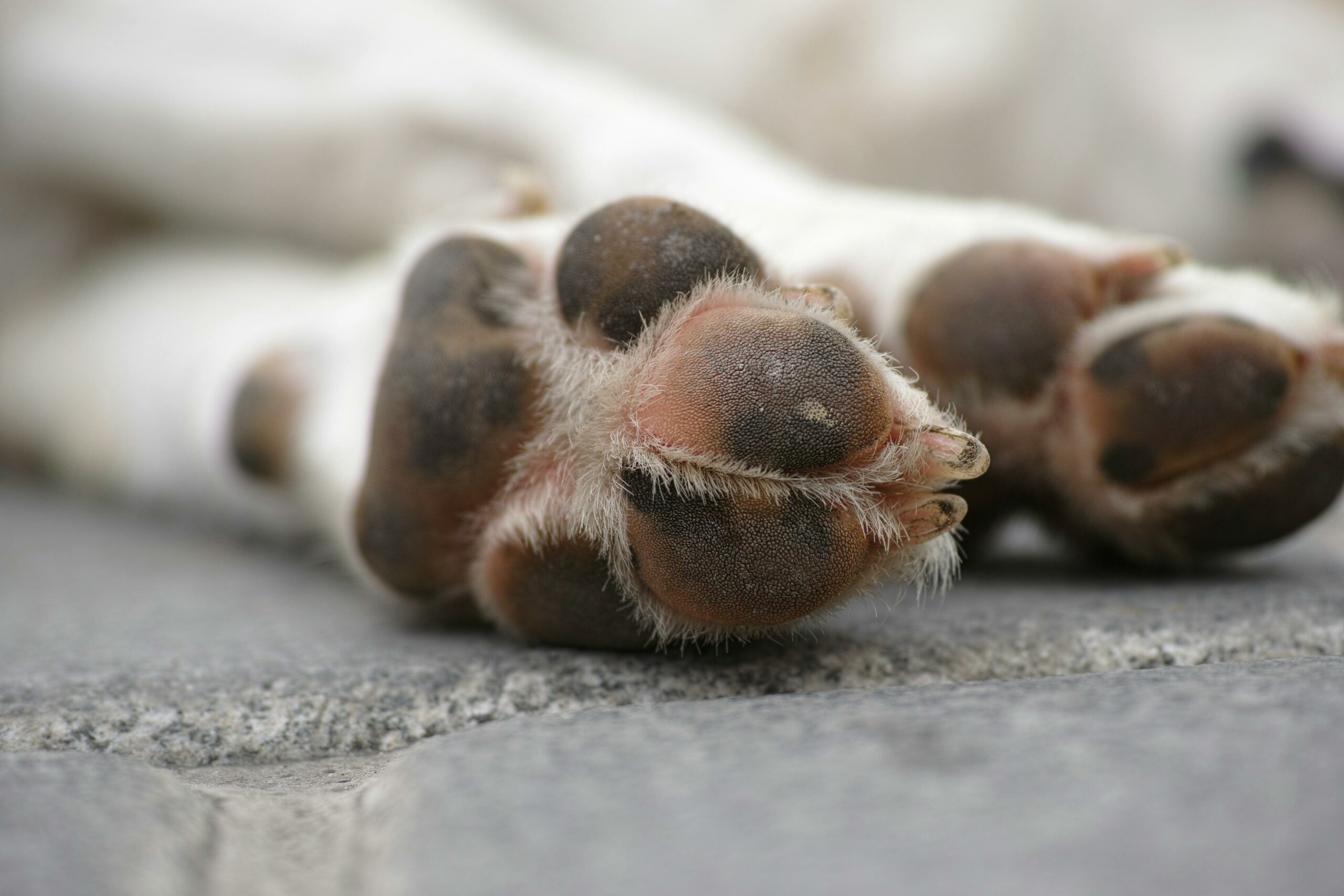
Positive reinforcement methods have led to incredible changes in dogs’ behaviour and well-being.
- Increased confidence and trust between dogs and owners.
- Reduction in anxiety and aggressive tendencies.
- Improved overall obedience and responsiveness to commands.
Expert Trainers’ Endorsements
Professional dog trainers consistently praise the effectiveness of positive reinforcement techniques.
- Experts highlight the long-lasting impact of positive reinforcement on dogs.
- Trainers emphasize the importance of building a strong bond through positive interactions.
Getting Started With Your Dog
Basic Steps For Beginners

- Establish a bond: Spend quality time with your dog to build trust.
- Start with simple commands: Teach basic commands like sit, stay, and come.
- Use treats: Reward good behaviour with treats to reinforce positive actions.
Maintaining Consistency And Patience
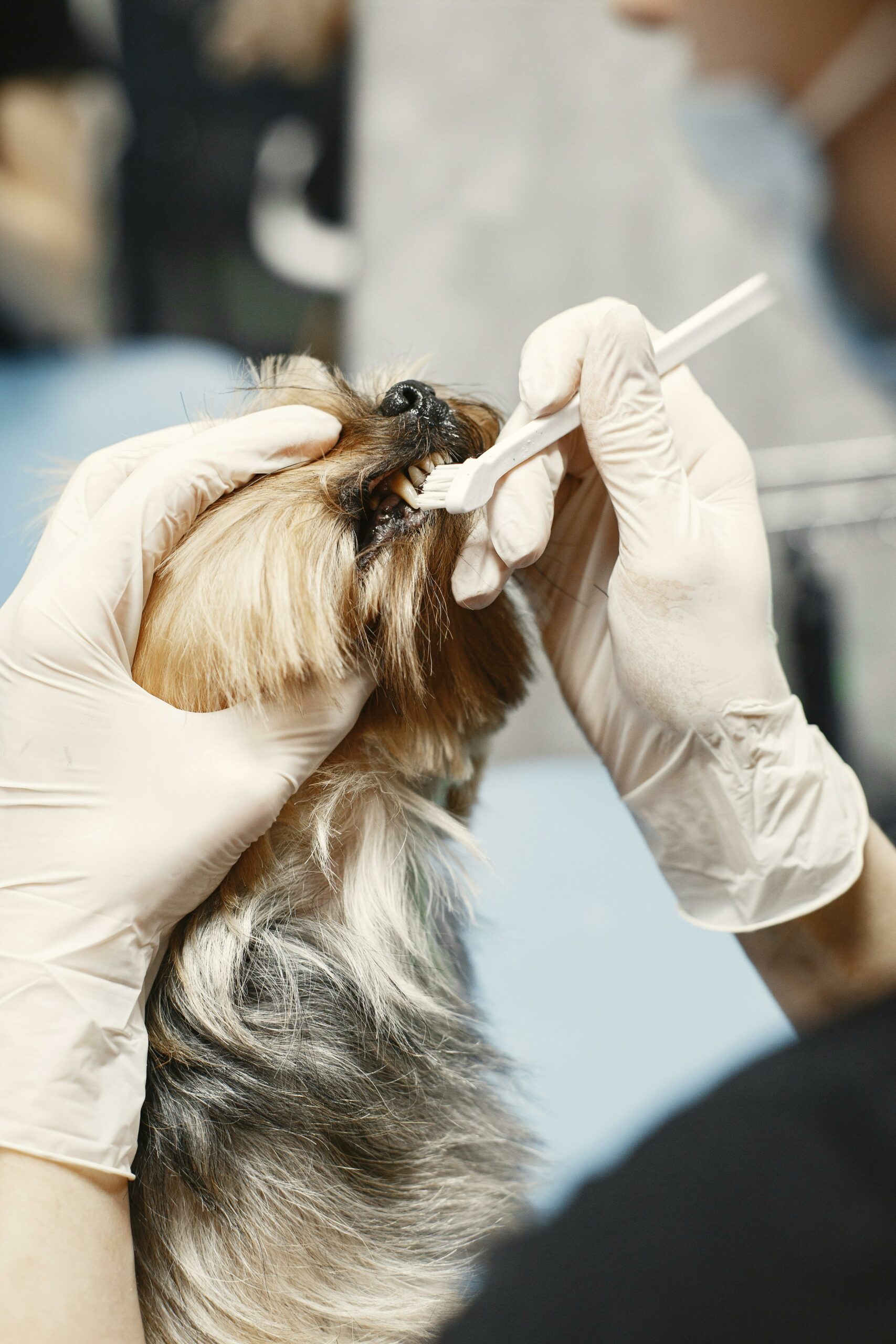
- Consistent training: Practice daily to reinforce learning.
- Stay patient: Dogs learn at their pace, so be patient and encourageing.
- Avoid punishment: Focus on positive reinforcement rather than punishment.
Advanced Training And Challenges
Starting on advanced training with your dog brings new challenges and opportunities for growth.
Progressing To Complex Commands
involves teaching intricate behaviours that require focus and dedication.
Overcoming
Training Plateaus
is a common hurdle where progress stalls, necessitating innovative strategies to reignite learning.
Introduce new commands gradually to prevent overwhelm. Employ positive reinforcement consistently for effective learning.
- Practice patience and consistency in training sessions.
- Use high-value rewards to motivate your dog during challenging tasks.
When faced with a training plateau, revisit foundational exercises to reinforce skills and build confidence.
Break down complex tasks into smaller steps for easier comprehension. Celebrate each success to maintain motivation.
| Training Tip | Explanation |
|---|---|
| Implement short, frequent sessions | Enhances retention and prevents fatigue. |
| Adjust the difficulty gradually | Challenges without overwhelming your dog. |
Stay attuned to your dog’s body language to gauge comfort and adjust training intensity accordingly.
- Consistent positive reinforcement fosters a strong bond with your dog.
- Seek professional guidance for complex behaviours to ensure successful outcomes.
Frequently Asked Questions
Why Is Positive Reinforcement More Effective in Dog Training?
Positive reinforcement is more effective in dog training as it rewards desired behaviours, creating a positive association. This method encourages learning and strengthens the bond between the dog and owner.
What Are The Pros And Cons Of Positive Reinforcement?
Positive reinforcement can motivate desired behaviours, boost self-esteem, and strengthen relationships. However, it may not address underlying issues or be effective for all individuals.
Do Dogs Learn Better With Positive Or Negative Reinforcement?
Positive reinforcement is a more effective way to train dogs, as it encourages desired behaviour and strengthens the bond between dog and owner. Negative reinforcement can lead to fear, anxiety, and aggression in dogs.
Why Is Positive Reinforcement Important?
Positive reinforcement is important because it encourages desired behaviours. It boosts motivation and builds a positive relationship. This approach increases learning and helps in creating a supportive environment.
Positive reinforcement dog training offers a humane, effective approach to fostering desired behaviours. By rewarding good behaviour, dogs learn to associate positive actions with positive outcomes. This method strengthens the bond between you and your furry companion while promoting a happy and well-adjusted pet.
Embrace positive reinforcement for a harmonious relationship with your dog.
